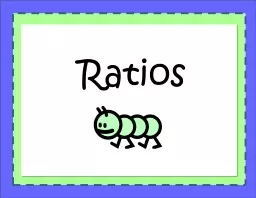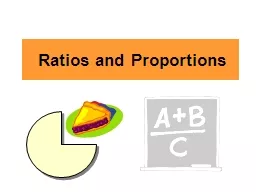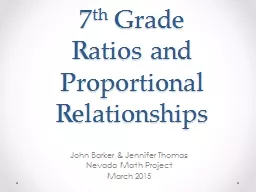PPT-Comparing & Scaling Unit: 1.3 Comparing Ratios
Author : jane-oiler | Published Date : 2017-07-15
1 Learning Target To compare mixtures I can write parttopart and parttowhole ratios Homework 1 Complete Notes on pg 8 of CS Inv 1 by watching the
Presentation Embed Code
Download Presentation
Download Presentation The PPT/PDF document "Comparing & Scaling Unit: 1.3 Compar..." is the property of its rightful owner. Permission is granted to download and print the materials on this website for personal, non-commercial use only, and to display it on your personal computer provided you do not modify the materials and that you retain all copyright notices contained in the materials. By downloading content from our website, you accept the terms of this agreement.
Comparing & Scaling Unit: 1.3 Comparing Ratios: Transcript
Download Rules Of Document
"Comparing & Scaling Unit: 1.3 Comparing Ratios"The content belongs to its owner. You may download and print it for personal use, without modification, and keep all copyright notices. By downloading, you agree to these terms.
Related Documents














